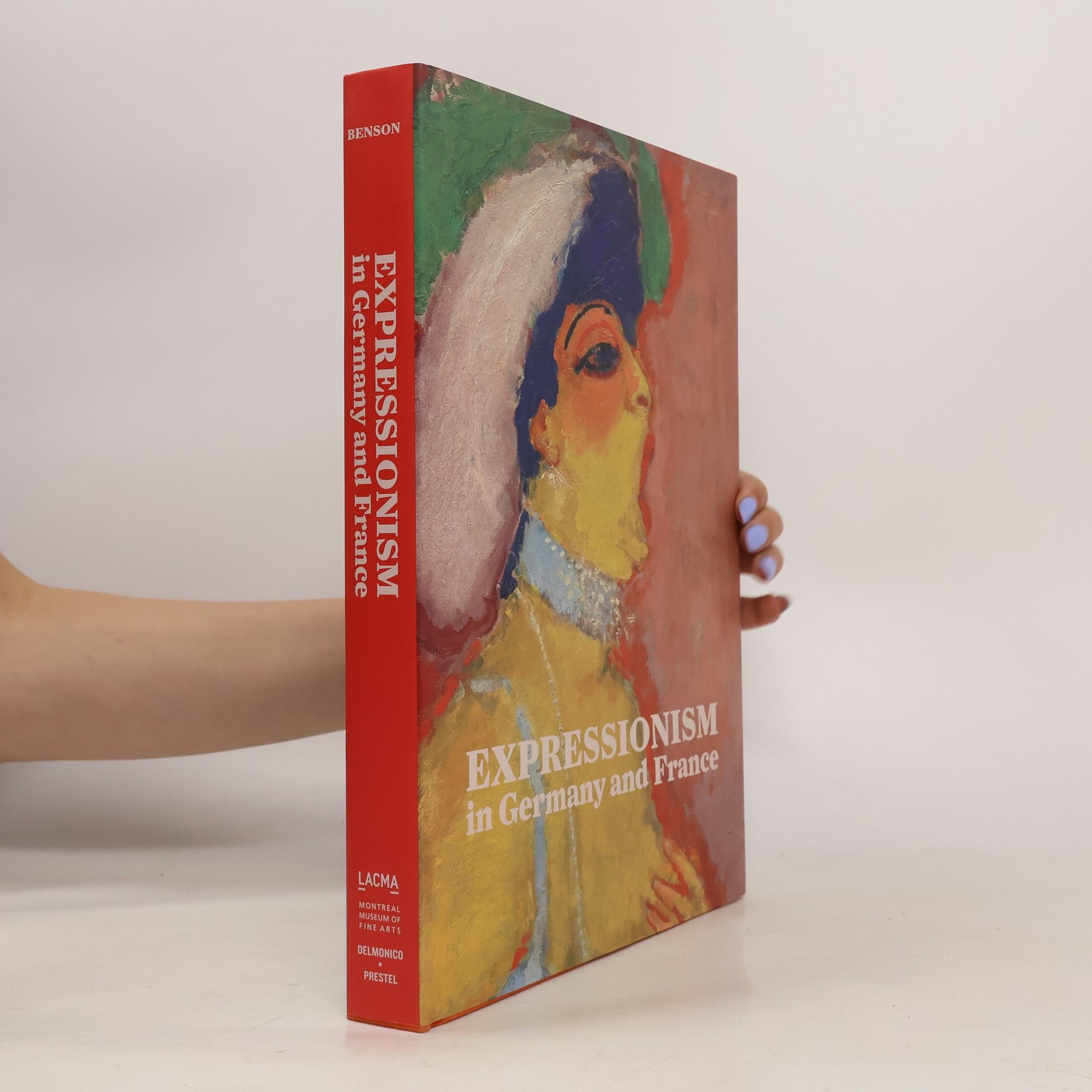This groundbreaking examination of the cultural exchange between early 20th century French and German artists illuminates new ways of understanding the development of Expressionism. Although the Expressionist movement is widely considered to have arisen out of a German aesthetic, it was actually as much a result of German artists' exposure to artists living and working in France, such as van Gogh, Seurat, Gauguin, Cezanne, Matisse, Picasso, and Braque. In fact, in its early days, Expressionism was assigned no specific nationality at all. This fascinating book focuses on the key exhibitions, galleries, and museum directors that helped disseminate styles and techniques of revolutionary French artists throughout Germany. Included here are French masterpieces seen not only by German artists in Paris but also in important galleries, exhibitions, and private collections in Berlin, Dresden, Munich, Weimar, and other cities. More than 100 paintings and works on paper are grouped to encourage an understanding of artistic influence and interchange. The volume also reflects new scholarship on issues of French-German relations and contributes to our understanding of the ways the visual arts are influenced by ideas of national identity and cultural heritage."
Timothy O. Benson Libri





Expressionist utopias
- 323pagine
- 12 ore di lettura
The notion of utopia exists in every culture, capturing shared dreams and common goals. This book—prepared to accompany the exhibition Expressionist Utopias mounted at the Los Angeles County Museum in 1993—explores how the optimistic themes of utopia and fantasy sustained faith among artists and architects in the power of art to shape a better world during the tumultuous World War I era in Germany. The exhibition's curator, Timothy O. Benson along with David Frisby, Reinhold Heller, Anton Kaes, Wolf Prix, and Iain Boyd White present the diverse manifestations of the utopia metaphor in its progression throughout Expressionism from Arcadian to manmade utopias. This work includes a new essay and an interview by Edward Dimenberg with Wolf Prix on the spectacular installation created for the exhibition by the Viennese architectural firm Coop Himmelblau.
Expressionismus in Deutschland und Frankreich
- 304pagine
- 11 ore di lettura
Obwohl der Expressionismus gemeinhin als typische Erscheinungsform einer deutschen Ästhetik angesehen wird, war er ebenso sehr ein Resultat des Kontakts von deutschen zu französischen Künstlern wie Vincent van Gogh, Georges Seurat, Paul Gauguin, Paul Cézanne, Henri Matisse, Pablo Picasso oder Georges Braque. Tatsächlich wurde der Expressionismus in seiner Anfangsphase auch keiner bestimmten Nation zugeschrieben. In diesem faszinierenden Buch sind mehr als 100 Meisterwerke des Expressionismus, Gemälde und Arbeiten auf Papier, versammelt, die das Verständnis künstlerischer Wechselwirkungen auf der Basis historischer Bedingungen und der Beziehungen zwischen Künstlern beider Nationalitäten untermauern. Die wichtigsten Ausstellungen, Galerien und Museumsdirektoren, die dazu beitrugen, Stilausprägungen und Techniken revolutionärer französischer Künstler in ganz Deutschland zu verbreiten, werden entsprechend gewürdigt. Der vorliegende Band mit Essays führender Experten bietet darüber hinaus neue wissenschaftliche Erkenntnisse zu Fragen der deutsch-französischen Beziehungen und zeigt auf, wie die bildende Kunst durch Begriffe wie nationale Identität und Kulturerbe beeinflusst wird.